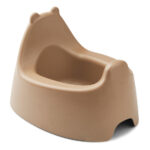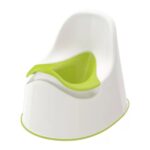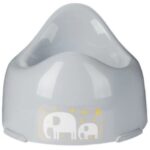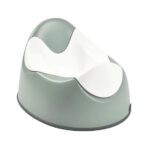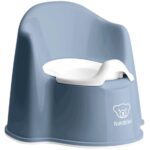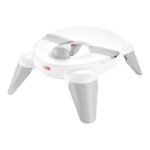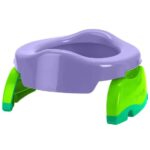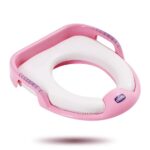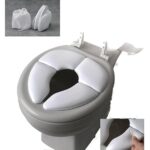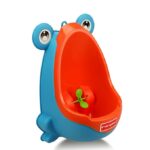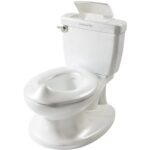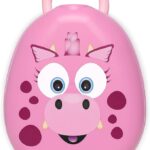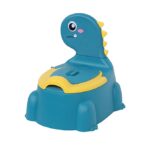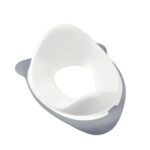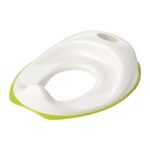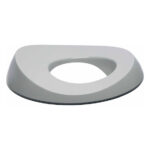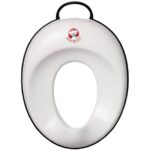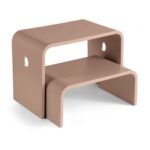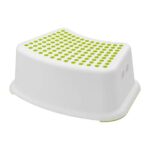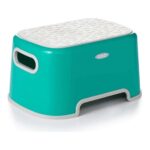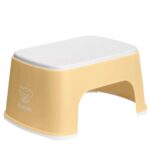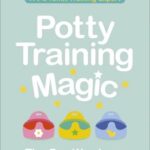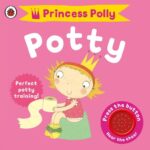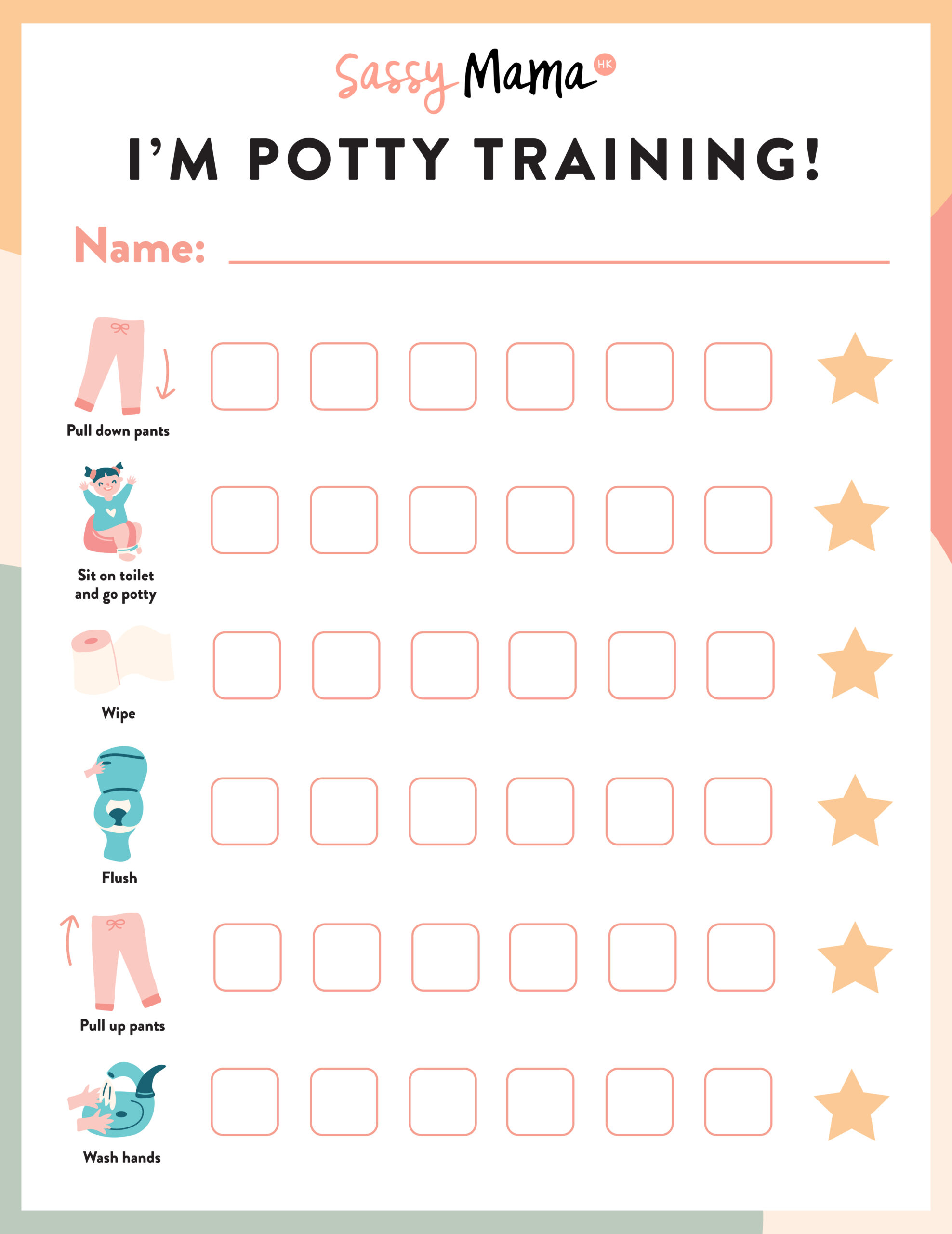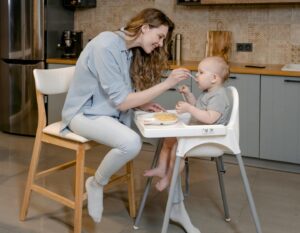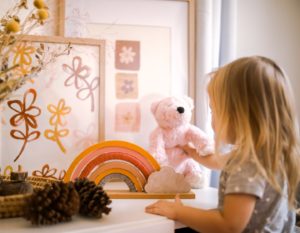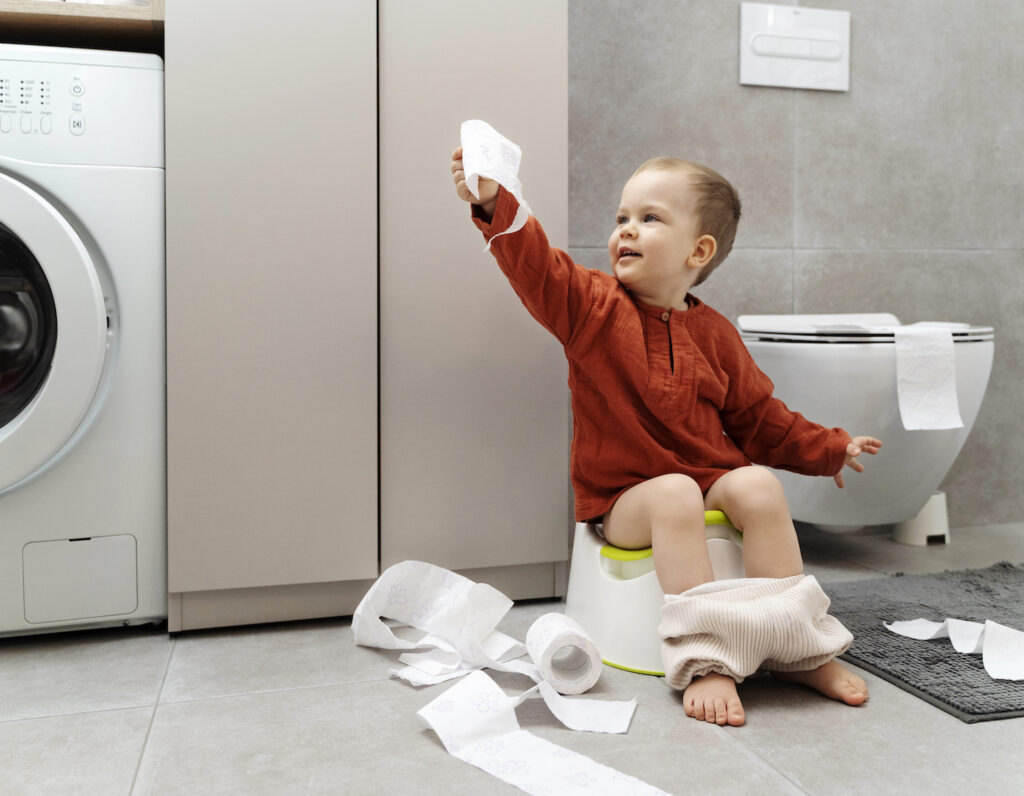
Potty training a child is often much-dreaded, but it is one of life’s necessities! We’ve got tips on which potty to buy, potty trainer pants, toilet training accessories and even a free potty training downloadable!
Potty training is an important parenting rite of passage. It can lead to greater independence for your child, allow them to meet basic requirements for school entry and give your family more freedom and less travel hassle. It is, of course, so much more environmentally friendly and we’re sure even cloth-diapering mums will agree that it’s a great relief to cross the nappy stage!
But it’s important to ensure that you are all prepared for the nappy-to-potty transition. This guide will help you decide whether your child and family are ready for toilet training, look at possible potty training approaches, as well as offering the tools of the trade that worked for us Sassy Mamas. Don’t forget to save your downloadable potty training guide as well.
Jump to:
Is Your Child Ready To Be Potty Trained?
Is Your Family Ready For Potty Training?
Potty Training Methods
Potty Training Resources: Potty, Potty Training Pants And Potty Seat Trainers In Hong Kong
Potty Training Books, Songs And Free Downloadable Checklist
Read More: Where To Find The Perfect Baby High Chair

Is Your Child Ready To Be Potty Trained?
As parents, we know that all children develop at their own pace and there’s no need to rush them before they are mature enough to be toilet trained. Before you start, it’s important to see if your toilet ninja meets these criteria:
- Your child is at least two years old (don’t stress if your child is older) or is as mature as an average 2-year-old.
- Your child can go for a few hours at a time in the day when they are dry.
- Your little one is familiar with relevant language such as “potty,” “toilet,” “underpants” etc. Keep the words you use consistent and make sure you’re comfortable saying them in public.
- Your child is capable of pulling their pants up and down, either independently or with minimal assistance (depending on the clothing).
- Your child can follow simple one-step instructions without difficulty, such as “come here,” and “sit down.”
- Your child should show awareness of the need to use the toilet after soiling a nappy. For instance, they may point to the nappy, hide behind a curtain when they poop, ask to be changed or even take your hand and lead you to the changing area.
- Your little one should understand the concept of what the toilet is used for. Teach this by modelling or reading books to your child about going to the toilet.
If your child seems to have difficulty with any of these skills, talk to a paediatrician before beginning potty training.
Read More: 10 Activities To Help Develop Better Fine Motor Skills In Children

Is Your Family Ready For Potty Training?
Even if you can’t wait to ditch the diapers, you need to cross the following things off your own checklist as well:
- Make sure there are no stressful events taking place or coming up in the near future (such as moving house, changing helpers, etc.).
- Ensure you are ready to commit to this transition and will have the time to be consistent and patient with your child.
- Make sure everyone in the home is in on the plan (including domestic helpers, nannies and grandparents) and knows what to do when accidents happen.
- Purchase a potty chair, potty stool or toilet seat adapter, so your child’s feet touch the floor for support (we’ve listed some options below).
- Keep all the rewards and incentives you need on hand. This can be toys, stickers, snacks, games, etc.
- It is important to potty train children in big kid underwear and/or training pants. Getting your child to pick out new underpants can make this process more fun and something to look forward to.
- Be prepared! Read books or watch videos to learn more about the ways and means to potty train your little one.
Read More: 13 Children’s Books To Help Kids And Teens Deal With Anxiety And Stress

Potty Training Methods
There are many ways to potty train your child, but most broadly fall into two categories – slow and steady potty training and intensive potty training.
 Slow And Steady Potty Training
Slow And Steady Potty Training
Some of the more well-known techniques that believe in taking it slow are Brazelton, the No-Cry and Dr Barton Schmidt’s methods. Here are some pointers to get you started:
- Take your child to the bathroom with you so they can learn how it’s done from an expert. This often happens quite naturally in a preschool or Montessori environment.
- Have your child practice sitting on their new potty or potty chair. Pretend practice with clothes on can help familiarise your child with the concept of a potty, flushing and washing their hands through books and songs (see our book recommendations below).
- Praise your child and show excitement when they sit on the potty. Gradually, start going without nappies at home for some period of time through the day.
- Next, have a potty schedule. Get your child to sit regularly on the potty throughout the day to provide lots of chances for them to use it properly. This could be each time he or she wakes up, before an afternoon nap etc.
- Have your child sit on the potty even if they say they don’t need to “go” because sometimes children don’t recognise the urge until they are relaxed and not distracted by other things (e.g. playing or watching TV).
- Don’t force them to keep sitting down for an extended time though. It may create resentment.
- Make sure to praise your kids each time he or she pees or poops in the toilet. Once your child is used to the idea of the potty, there will be more acceptance about using it. You can use special rewards for encouragement as well.
- Even if your child takes a poop in his or her diaper or underwear, if you are at home, make sure to drop it into the toilet bowl and flush it down to reinforce the point that it belongs in the toilet.
Read More: How To Take Care Of The Screen Health And Social Media Usage Of Young Kids
 Intensive Potty Training
Intensive Potty Training
If regular toilet training is not successful, you can try a more intensive method like the weekend fast-track. The fast-track potty training technique has been popularised by the Azrin-Foxx method and in Jamie Glowacki’s aptly-named book, “Oh Crap! Potty Training“.
Some children may require intensive toilet training for a number of reasons (e.g. family convenience, urgency due to school entrance deadlines etc.). For this process, it is helpful to keep kids “pants-free”, wearing underpants and a top only at home for the weekend.
- First, choose a weekend or a few days when your family can devote your full time and energy at home to potty training.
- Next, ditch the nappies!
- Increase fluids by giving your child at least one cup of liquid every hour. Consider varying the beverage so your child will continue to want to drink. This is a way of creating a predictable pattern of peeing.
- Begin reminding your child to use the potty every 15 minutes and take them to sit on it. This will help your child learn to self-initiate and recognise the need to go. As your child learns to request the potty and urinate with more independence, you can spread out the time between sits/reminders (15, 30, 45, 60 minutes).
- Do “pant checks” (dry pants vs. wet pants) at the same time you give the reminder.
If your child is dry, give praise for the accomplishment (for example, “Great job, you still have dry pants!”).
If they are wet don’t scold your child! Just follow through with the compulsory toilet sit and then clean up the accident. - Don’t have lengthy discussions about the accident, just move on. Instead, focus your attention on positive accomplishments.
- It is important to give enough fibre to help your toddler poop. Constipation can seriously reverse potty training progress. If you follow a certain pattern, say fruits in the morning, there may be some predictability in your little one’s bowel movements as well.
- Each time they sit on the toilet, praise your child for listening. Remember, this is not necessarily fun for them either! Provide a small treat or time with a preferred toy each time they urinate or have a bowel movement in the potty. When your child self-initiates and uses the toilet, make an even bigger deal out of it because it is cause for celebration! Have something special planned for when this happens (keep new toys, books, stickers, etc. ready for these occasions).
- By the end of the weekend, you should be giving reminders and having toilet sits every 1 to 2 hours.
Read More: The Best Baby Strollers In Hong Kong And Where To Buy Them
Potty Training Resources In Hong Kong
It’s fair to say that we are potty training pros in the Sassy Mama office (well, we’ve been through it enough times between us at least!). To help you on your quest to dry bottoms, we asked around the team for recommendations on the best tools of the trade to help with toilet training. These potty’s and potty training accessories will help to get your little one toilet trained in no time!
Potty Seats And Potty Chairs in Hong Kong
Portable Potty In Hong Kong
Novelty Potties And Potty Training For Boys
Toddler Toilet Seats And Toilet Trainers In Hong Kong
Toilet Foot Stools
Reusable Potty Training Pants In Hong Kong
Read More: How To Raise An Independent Preschooler In Hong Kong
Potty Training Books In Hong Kong
Potty Training Songs And Videos
 CoComelon Potty Training Song
CoComelon Potty Training Song
 Little Baby Bum
Little Baby Bum
 Daniel Tiger – When You Have To Go
Daniel Tiger – When You Have To Go
Well Done! You’re A Certified Potty Trainer
The most important thing to remember throughout this phase is just how much your child values your attention! Learning any new skill takes time, practice and positive feedback, so stay calm, be patient and keep your sense of humour!
One of the Sassy Mamas in the office successfully potty-trained her sensitive daughter (who was afraid of sitting on the pot) by concocting an elaborate story about poop wanting to be flushed down the toilet to meet its poop parents (innovative & effective!).
Even after your toddler has learned to use the toilet, you may want to consider keeping the nappies on at night for a while longer. Children take longer to be consistently dry at night vs. during the day. If you are not seeing progress, or your child experiences unusual or unexpected reactions, stop the training and contact a professional (physician, paediatric psychologist, etc.) right away. More often than not, the complication can be easily addressed and your family can be back on track in no time!
Read More: Child Psychologists, Counsellors And Therapists In Hong Kong
Potty Training Guide For Your Child
Use this guide for potty training; add a star next to the corresponding activity once your child has performed it successfully. Click on the image to download and save.
Read More: The Stages Of Child Development And Signs To Watch Out For
Editor’s Note: “Your Complete Potty Training Guide: Plus Where To Buy Potty Trainer Seats” was recently updated in August 2023 by Najuka Redkar. Special thanks to Dr Rebecca Dogan, Anita Balagopalan and Alex Purcell Garcia for their contribution.
 View All
View All










 View All
View All

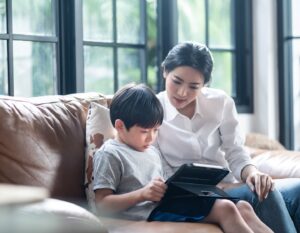



 View All
View All


 View All
View All







